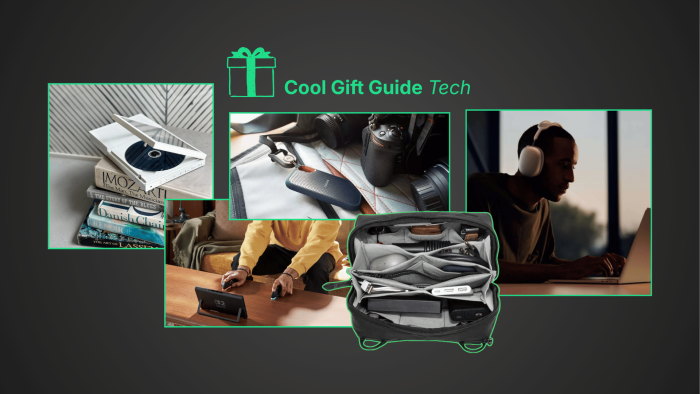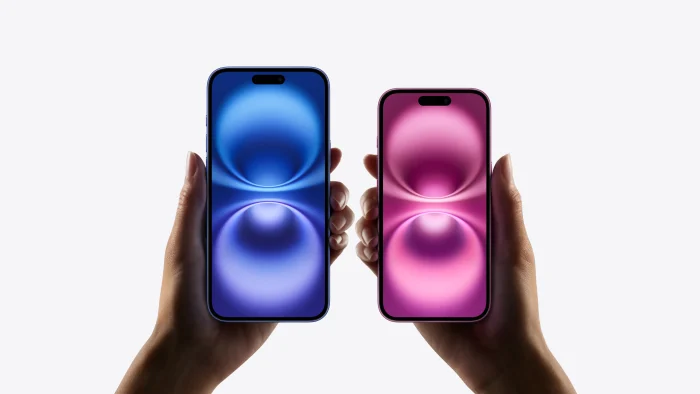The vinyl collecting community has returned with a vengeance over the past few years. As vinyl sales continue to climb, more and more casual listeners are becoming crate diggers. Maybe you’ve been interested in picking up a few records. But, before you purchase your turntable setup, before you pick up the essential records, you should know how to talk the talk.
The vinyl community is, by and large, pretty welcoming. Sure, it might feel intimidating to walk into a record store and feel like you have no direction. But, like any subculture, record collecting has its own language. And if you learn it, you’ll fit right in.
So we’ve put together a helpful glossary with some key vinyl collecting terms you should know. Hopefully, by the end of this article, you’ll feel confident buying, selling, and talking about records with just about anyone. And, in all honesty, it never hurts to just ask a question. Not sure which genre a certain artist falls under? What speakers should you be buying? Most record store owners will be happy to help. Here’s our guide to the essential record collecting terminology.

LP, EP, RPM: What Does It All Mean?
The world of vinyl is chock-full of abbreviations. LP. EP. RPM. BPM. You won’t necessarily use them on a frequent basis, but it’s important to know what they all mean.
So, what does LP mean? An LP is a “long-playing” (or “long play”) vinyl record. So, think of an LP as a full album. More specifically, an LP record refers to the physical medium itself. Usually, an LP is 12 inches in diameter and plays at 33 1/3 RPM (more on that in a minute).
And what is an EP? If LP is a full release, an EP (or “extended play”) is a vinyl record that only contains a few songs. While LP tends to exclusively refer to the physical object, artists will still sometimes call any brief album (whether it’s physical or digital) an EP. Typically, EPs will have around 4 songs but realistically have more than 2 and less than 6 or so.
While we’re on the topic, a “single” in vinyl terminology usually has two songs (one on the “A” side and one on the “B” side) – unlike with digital music where a single usually denotes just one song. Singles are usually 45 RPM and 7 inches in diameter.
While knowing the difference between LP and EP is really just for your own edification, it’s crucial you understand what RPM means. A record’s RPM, or revolutions per minute, tells you what speed to set your turntable to. Just about everyone has made the mistake of forgetting to change the turntable speed and you wind up with either a very slowed down version or comically sped-up version of your favorite record. Most full-length albums are played at 33 1/3 RPM (often simplified to 33 RPM) while singles and some EPs are played at 45 RPM. In most cases, the album cover or the center label on your vinyl will denote which speed to play. There’s a third RPM — 78 RPM — but you’d be hard-pressed to find any albums in that format.

Mono vs Stereo?
If you’ve ever been confused by a promotional sticker on a vinyl album that proudly proclaims it was “recorded in stereo,” you’ve come to the right place. Mono (monoaural) and Stereo (stereophonic) refer to the number of channels or signals used. Mono uses one, stereo uses more than one. So, for example, if you’re listening to music and take one earbud out and notice an instrument or sound is missing, that means the song is in stereo. But, if the sound is identical across the two, it’s in mono.
In the world of record collecting, this has more of an impact on your listening experience than the physical medium itself. To make the most use of an album recorded in stereo, you’ll want to position your stereo speakers so that they mimic the two-channel experience. (Place one facing your left ear and one facing your right ear). In a much larger room, like a club or restaurant you’d put speakers at either end of the room to create the same effect.
In many cases, the difference between mono and stereo can be very subtle. But, on some expertly recorded albums, you’ll truly feel the difference as some sounds closer to you and some further away. Many talented musicians have played around with localization creating a fascinating listening experience.
And, some bands have even taken it one step further with Quadraphonic sound. A mono or stereo setup is very easy to create at home, but Quadrophonic requires four dedicated speakers and a quadrophonic output. In practice, it’s not very different from a surround sound system. It creates a rich, full listening experience. Especially if the album (which is rare but not unheard of) is recorded in Quadrophonic.

What Terms To Know When Selling Your Vinyl
While the above terms were more general, this is the section that puts vinyl language into practice. Whether you’re looking to buy or sell records, these are the terms you’ll need to know.
On a site like Discogs, the quality of both the record itself and the accompanying sleeve will be described on a scale from Poor to Mint. Here are those descriptors:
- Mint (M)
- Near Mint (NM or M-)
- Very Good Plus (VG+)
- Very Good (VG)
- Good Plus (G+)
- Good (G)
- Fair (F)
- Poor (P)
Additionally, there are some other keywords you should familiarize yourself with. Often, these terms are used to specify which exact copy of an album you’re buying/selling.
Reissue/Remastered/Repress: This isn’t the original album. Vinyl records are pressed and released in limited quantities. So, if the first batch is sold out, it’s sold. Many times, if the demand is there after initially selling out of the first pressing or if they regain popularity over time, record companies will reissue or repress the album. The first pressing or first run records are often the most valuable to collectors. A remastered version means that with the new release, the record company has tweaked and/or improved the sound quality on the album.
Gatefold: A gatefold refers to the sleeve that holds the vinyl record itself. Whereas a standard sleeve is just a front and back with a slot for the album, a gatefold opens like a book, often with more information on the inside.
Matrix/Runout: Typically, buyers and sellers confirm the legitimacy of an album by consulting the matrix/runout on the vinyl itself. If you look closely, you’ll likely see a letter and a series of numbers etched around the center ring of an album. The matrix number identifies the specific pressing you possess, sometimes even denoting where the album was pressed.
You might also see or hear some terms thrown out in normal discourse. Here’s a quick rundown on some general terms to know. When a record is “warped” it means that you’ll notice a wobbly twist in the record which suggests it’s damaged either by being bent or due to the heat. Warped records can still be playable but they are damaged. A “bootleg” record is, as the name suggests, unofficial in some way. Some bootlegs may be sanctioned by the original artist (like a recording of a live event) or they may be released without the artist’s knowledge. And, lastly but perhaps most importantly, “sealed.” Sealed albums are still in their original shrinkwrap. If you’re perusing a record store, you can usually remove un-sealed records from the sleeve to inspect them or give them a listen on a provided turntable. But, never open a sealed album at the record store.




